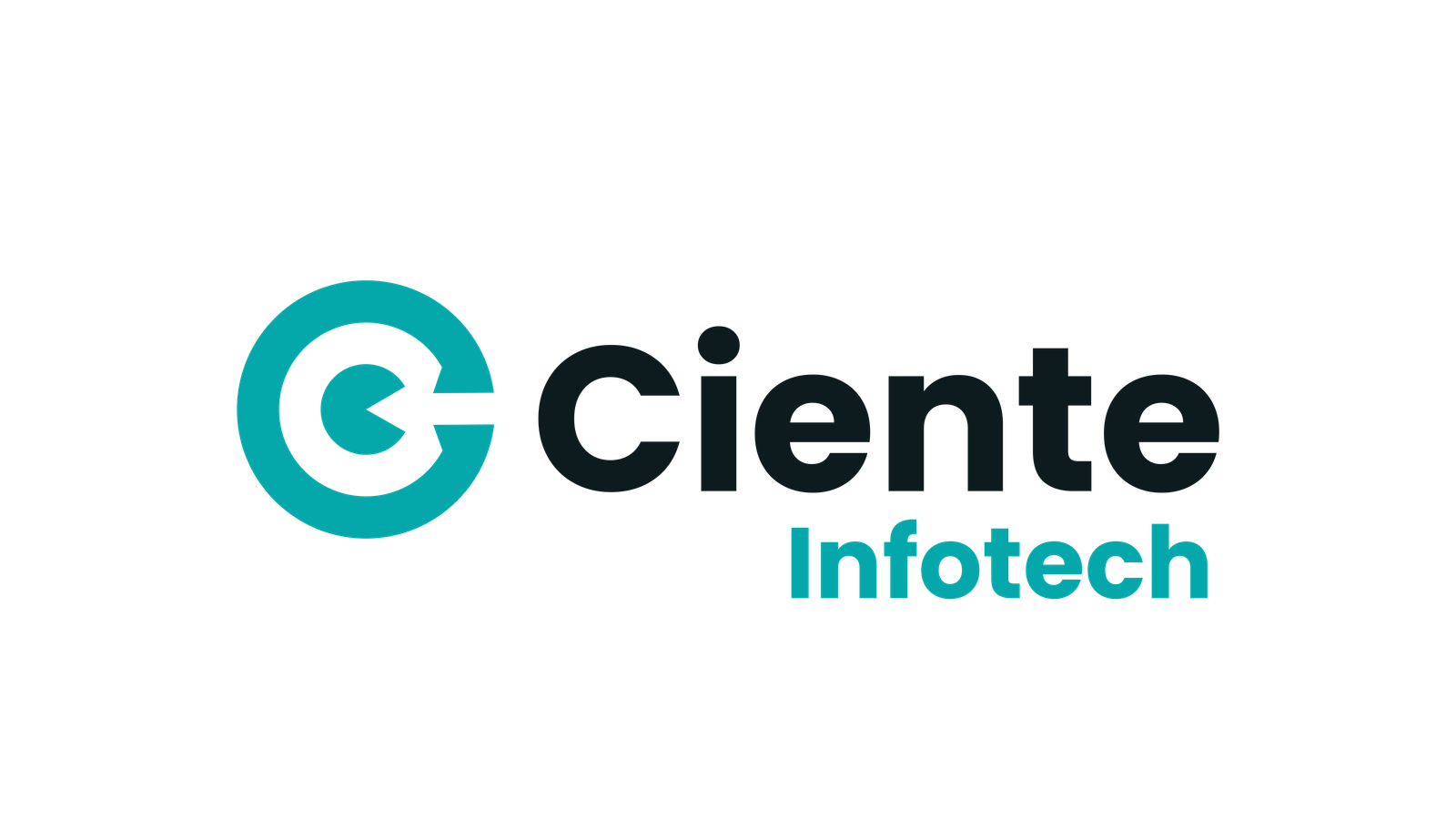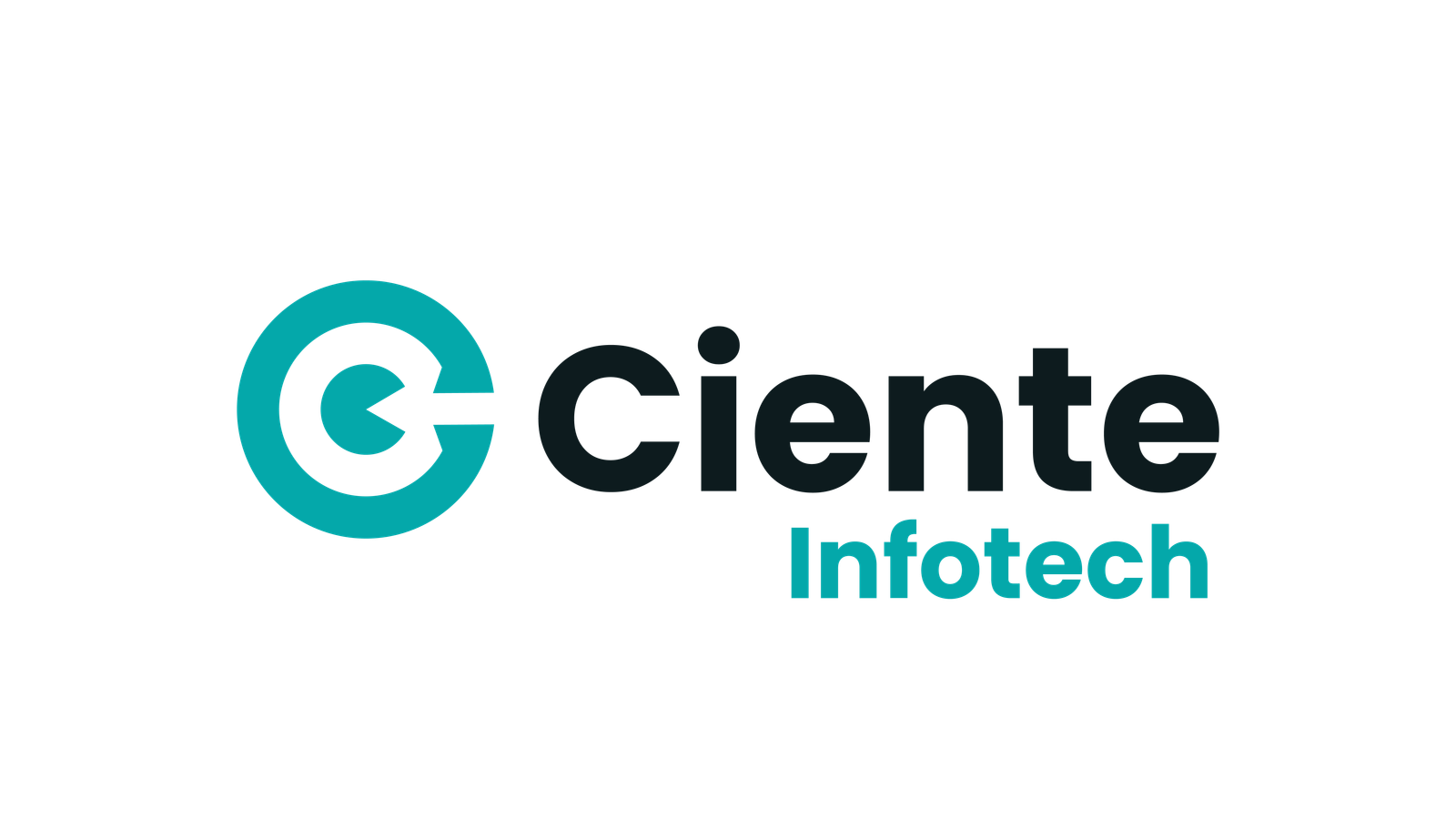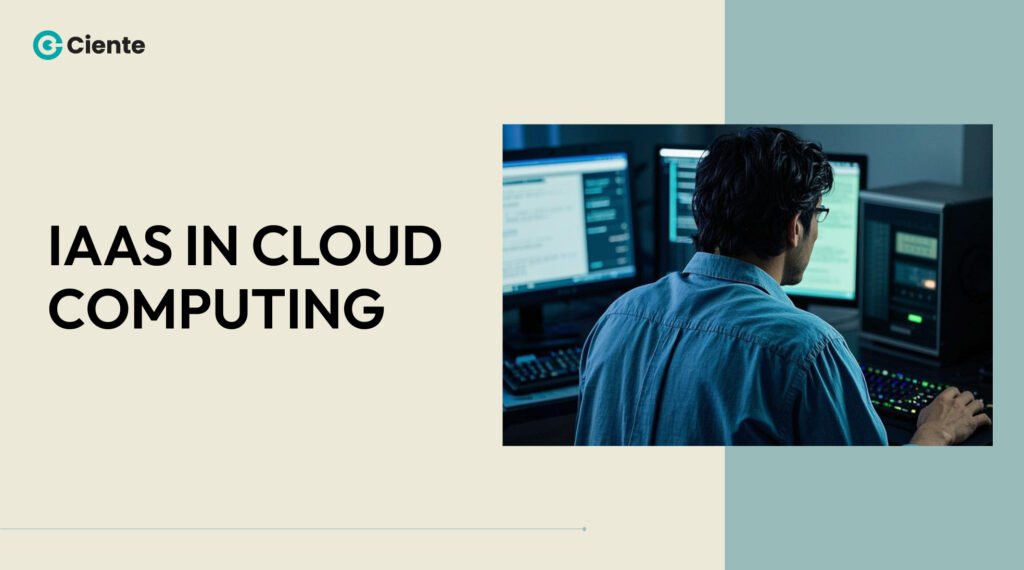Setting the Stage
What is Infrastructure as a Service (IaaS)?
Through the Infrastructure as a Service (IaaS) cloud computing model organizations lease computing resources rather than purchasing physical hardware. This model supplies virtual computing resources through the internet, which allows companies to adjust their resource capacity based on current demand. Organizations can dedicate their resources to core business activities instead of dealing with complicated server systems by depending on providers for infrastructure management.
IaaS stands as a foundational element in digital solution development. Modern businesses must prioritize agility and cost efficiency to succeed in today’s rapid business environment. Through on-demand resource allocation, IaaS providers enable organizations to quickly adapt to market shifts while avoiding traditional IT infrastructure’s initial investment costs. Startups and enterprises that grow quickly find this scalability to be of particular importance.
Why Businesses Are Shifting to IaaS
The adoption of IaaS by organizations continues to grow because multiple reasons support its use. The service minimizes upfront capital costs while transforming expenses into manageable operational costs. This solution enables IT teams to focus on strategic projects because it eliminates the need for routine maintenance tasks. Global IaaS providers deliver high availability and strong disaster recovery solutions that help maintain continuous operations within unpredictable markets.
Exploring IaaS Fundamentals
Definition and Key Components
Internet-based IaaS provides fundamental computing, storage, and networking resources to its users. The main components include:
Compute: IaaS offers virtual machine environments and processing capabilities customized to meet specific workload requirements.
Storage: Data storage systems that expand according to business requirements.
Networking: Networking through IaaS provides secure and adaptable connectivity solutions that deliver uninterrupted data transmission.
How IaaS Differs from PaaS and SaaS
IaaS acts as the base layer of the IT stack, unlike Platform as a Service (PaaS) and Software as a Service (SaaS). IaaS delivers both hardware and connectivity infrastructure, but users maintain complete control over their operating systems and applications as well as their data. The detailed control mechanism of IaaS sets it apart from the more comprehensive management approaches of PaaS and SaaS through its ability to provide customized solutions to meet distinct business needs.
Use Cases Across Industries
Healthcare, finance, and retail are among the major industries that have embraced IaaS. Businesses use IaaS platforms to manage websites and enterprise applications while performing big data analytics tasks. The adaptable nature of its model supports both temporary experimental work as well as enduring deployments while delivering reliable scalability and security to spur innovation without infrastructure limitations.
Business Benefits of Embracing IaaS
Cost Savings and Operational Efficiency
Businesses experience substantial savings on initial hardware costs when they move to an IaaS model. Companies avoid purchasing servers and storage equipment by paying for technology resources based on their actual usage. The consumption-based model helps to reduce resource wastage while ensuring efficient allocation of IT budgets.
Scalability and Flexibility for Growing Enterprises
IaaS platforms provide exceptional scalability capabilities for organizations. Growing businesses can expand resources such as processing power and storage while experiencing minimal service interruptions. The dynamic capability provides significant advantages when handling peak demand situations or during the introduction of new digital services.
Security and Compliance in Cloud Infrastructure
Many organizations worry about surrendering control of their infrastructure to third parties, but leading IaaS providers dedicate substantial resources to security protocols. The combination of data encryption with rigid access controls and adherence to industry standards allows these providers to deliver superior resilience compared to typical in-house teams.
Through the adoption of IaaS, businesses secure their competitive edge within a dynamic tech environment while achieving cost savings and necessary agility for current innovation needs.
IaaS in Practice: Real-World Applications
Leveraging IaaS for Digital Transformation
The role of IaaS functions as the driving force for numerous digital transformation projects. Companies moving from old systems to modern cloud architectures see IaaS as essential for quickly testing and deploying scalable new applications. The transition involves more than technology because it enables businesses to create flexible and adaptive operational models.
Impact on IT Infrastructure and Business Continuity
IaaS demonstrates tangible benefits by advancing IT infrastructure management and strengthening business continuity. Companies benefit from seamless continuity through robust disaster recovery options and globally distributed data centers when unexpected outages occur. Through the strategic combination of technology solutions, businesses can maintain dependable service delivery to customers under any circumstances.
Selecting Your Ideal IaaS Partner
Key Factors to Consider
Selecting an IaaS provider involves evaluating several critical factors:
Performance: The provider must satisfy your requirements for latency and speed in performance delivery.
Security: It is essential to identify providers that offer strong security features along with required compliance certifications.
Pricing: A thorough examination of the cost structure helps prevent unexpected expenses.
Compliance: It is important to check that the provider operates within the required industry-specific regulations.
Leading IaaS Providers
Several industry giants dominate the IaaS landscape. AWS and Oracle Cloud, together with Microsoft Azure and Google Cloud, deliver diverse services that meet the specific requirements of different businesses. The unique strengths of each provider—from advanced analytics to global network infrastructure—enable companies to choose partners that match their strategic needs.
Hybrid and Multi-Cloud Strategies with IaaS
A variety of organizations use multi-cloud or hybrid-cloud approaches to avoid vendor lock-in risks. A hybrid strategy combines traditional on-premises systems with cloud services, while multi-cloud approaches utilize multiple providers’ offerings. These approaches provide operational flexibility and robustness while achieving optimal performance and cost-effectiveness across diverse environments.
The choice of provider represents a strategic move since it creates a partnership essential for sustained growth and innovation.
Navigating IaaS Adoption Challenges
Security Risks and Data Privacy Concerns
The implementation of IaaS introduces significant difficulties primarily related to security threats and data protection issues. Even though providers use advanced security measures, businesses need to establish internal security policies, including regular audits, encryption protocols, and strict access controls to safeguard sensitive information.
Vendor Lock-In and Migration Complexities
Businesses face difficulties with vendor lock-in because reliance on one service provider makes future transitions between platforms more complex. The risk can be reduced through the initial implementation of open standards along with multi-cloud planning. Developing systems with adaptable features helps reduce vendor dependency while simplifying migration between different platforms.
Best Practices for Seamless Integration and Management
A clear roadmap is essential for businesses to achieve smooth integration. A less disruptive transition depends on implementing gradual migration processes while continuously monitoring systems and training staff. The use of automation tools and orchestration platforms enhances resource management efficiency while substantially lowering operational costs.
A comprehensive strategy transforms potential challenges into prospects for developing a robust infrastructure that can scale securely.
Looking Ahead: The Future of IaaS
AI and Automation in Cloud Infrastructure
IaaS development depends heavily on technological progress in both artificial intelligence and automation systems. Resource allocation optimization and system reliability enhancement are the goals providers achieve through the integration of machine learning algorithms. Automated monitoring combined with self-healing functions minimizes manual work while enhancing system efficiency.
Edge Computing and Its Impact on IaaS
The IaaS landscape is undergoing transformation through the development of edge computing. Real-time decision-making gets enhanced by processing data near its source, which leads to lower latency. Applications like IoT and autonomous systems require fast processing because speed plays a critical role in their functionality. The combination of edge computing with traditional IaaS models produces a hybrid system capable of satisfying real-time data processing requirements.
Sustainable and Green Cloud Computing
Cloud computing providers are increasingly prioritizing sustainability as a central theme in their operations. IaaS providers are investing more in green technology by constructing energy-efficient data centers and integrating renewable power sources because organizations have become more environmentally aware. These initiatives succeed in cutting down carbon footprints while attracting eco-aware customers and business partners.
AI advancements, edge computing developments, and sustainable practices will transform IaaS into a solution that delivers enhanced performance and eco-conscious operations while creating promising business opportunities for enterprises of all sizes.
Wrapping Up: The Road Ahead
IaaS functions as a versatile and essential foundation for contemporary digital transformation. IaaS delivers scalable and secure infrastructure, that remains cost-effective, enabling businesses to innovate and adjust to a swiftly evolving technological environment. The advantages stand out because this approach lowers initial expenses and delivers business continuity with sturdy disaster recovery and adaptable scalability.
Organizations that choose appropriate IaaS providers and address future challenges through strategic planning establish a strong foundation for achieving business agility and innovation. Choosing IaaS today represents more than just technological advancement; it is a resilient business model that prepares for future challenges.



